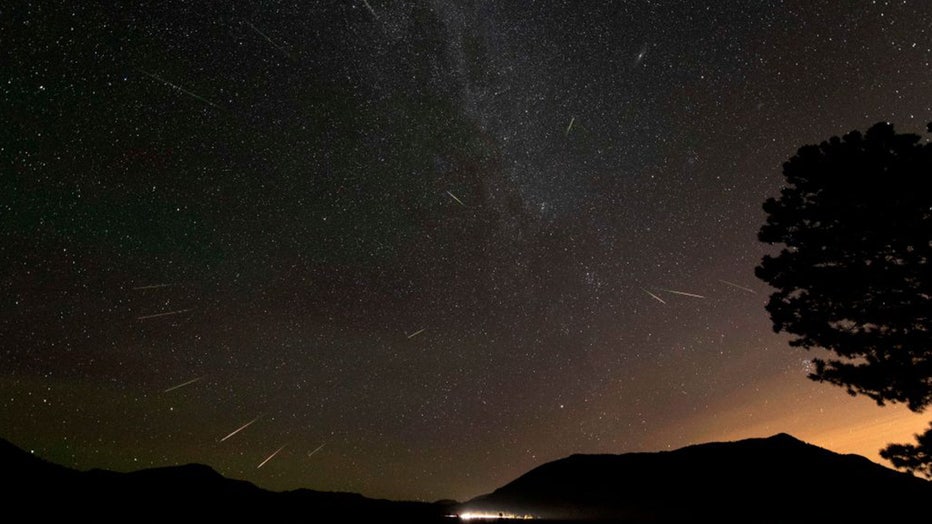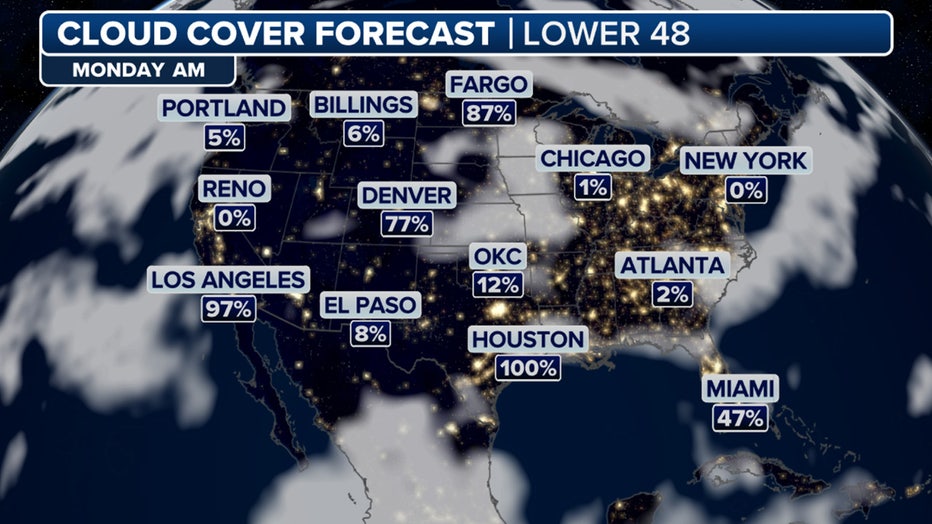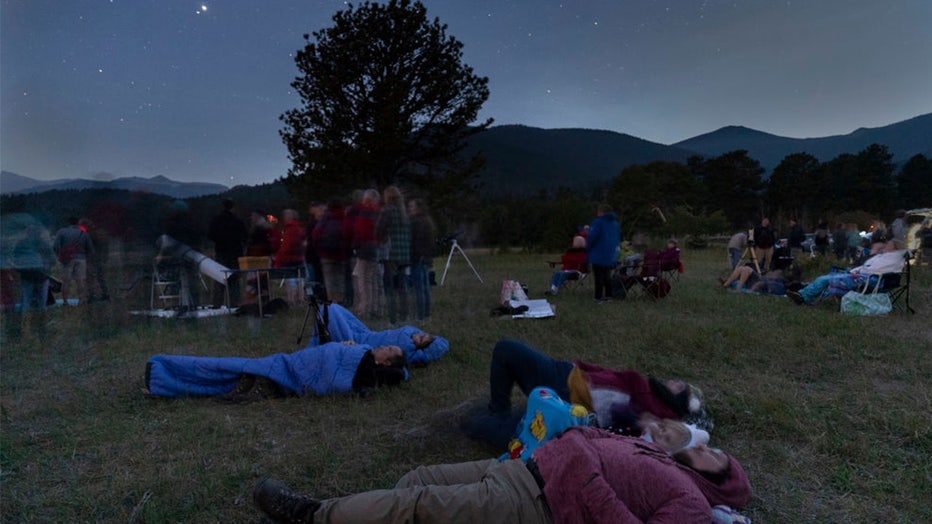Perseid meteor shower: Viewing conditions promise good show for best meteor shower of 2024

Meteor showers explained: what to know and how to watch
We call them shooting stars, but it's actually meteors that create dazzling streaks of light across our night sky. (FOX Weather)
The Perseid meteor shower peaks Sunday night, and this year, stargazers should be excited.
The Perseids are considered one of the best meteor showers to see in the summer in the Northern Hemisphere. Originating from Comet 109P-Swift-Tuttle, the Perseids can produce between 50 and 100 shooting stars per hour during its peak, which happens on Sunday and Monday this year. The meteor shower continues into the last week of August.
Meteor showers happen as Earth passes through the dust and ice debris or tail of a comet. What we see as a "shooting star" is not star-related but happens as the debris burns up in Earth’s atmosphere.
The Moon will be about 44% full this year for the Perseids peak, offering a better chance to spot meteors.

FILE - In this composite photograph 15 Perseid meteors are seen over Rocky Mountain National Park in Colorado in the early morning hours of August 13, 2018. (Credit: STAN HONDA/AFP via Getty Images)
WATCH OUT FOR THESE ASTRONOMICAL EVENTS IN AUGUST
According to the FOX Forecast Center, many regions of the U.S. will have minimal cloud cover early Monday morning, including cities such as New York, Chicago, Atlanta, Billings, Montana, and Reno, Nevada. Just remember, if you live in these locations you will want to get away from city lights to view the meteor shower.

Cloud cover forecast for Monday morning. (Credit: FOX Weather)
When to see the 2024 Perseid meteor shower?
As previously mentioned, this year's timing is perfect because of the current Moon phase and the cooperating weather. The peak happens on Sunday night and into Monday morning. Your best chance is to wait until 11:30 p.m. ET when the moon sets, removing the biggest light sources from the night sky. The best viewing could be between midnight and the pre-dawn hours Monday.
How to view the Perseid meteor shower
Light pollution is the biggest factor in viewing most celestial events. If you can take the time to get away from city lights, you'll have a better chance of seeing shooting stars.
When you get to your viewing location, be sure to step outside into the dark and allow your eyes to adjust to the darkness for about 15 minutes. Then, lay down with as much of the sky as possible in your viewing field. According to NASA, the Perseids originate from the northeast.

FILE - As darkness falls people lie on the ground to view the Perseid meteor shower in Rocky Mountain National Park in Colorado at an astronomy night event on August 12, 2018. (Credit: STAN HONDA/AFP via Getty Images)
In the darkest locations, it's normal to see between 50 and 75 meteors, according to NASA. That's one reason national parks are a popular destination during the Perseid meteor shower peak in the summer. Rangers at Joshua Tree National Park in California are warning of an increase in traffic because of the ongoing celestial show.
Even though the peak occurs this weekend, the Perseid meteor shower continues through Aug. 24. The last week of August will be a good time to try and spot a few meteors because we will be closer to a new Moon, providing an opportunity to view the meteor shower with less moonlight.

